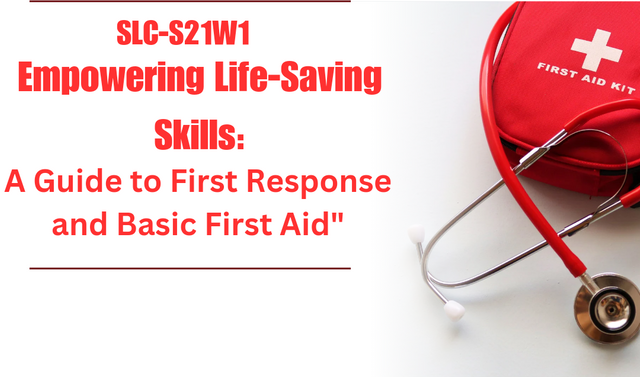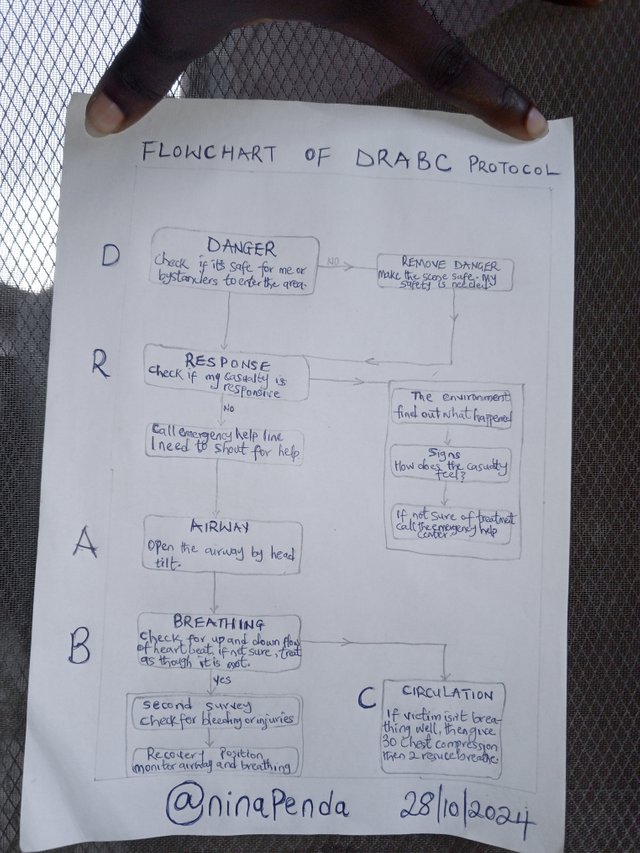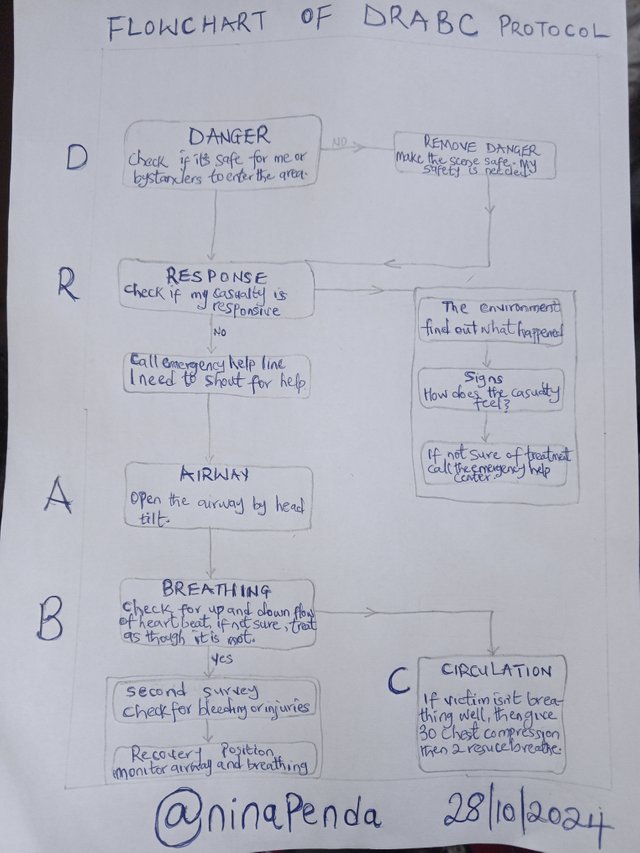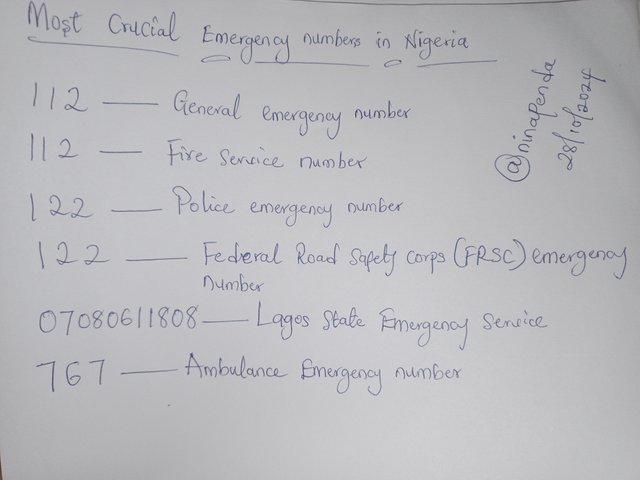"SLC21/WK1: Empowering Life-Saving Skills: A Guide to First Response and Basic First Aid"
 image designed using canva app image designed using canva app |
|---|
It is an honor for me to initiate this class with the support of my instructors. We have, in various capacities, engaged with first aid treatment, and I am confident that this class will enhance my understanding of the subject. I will present my thoughts in the homework assignment provided below.
Question 1
Share your any experience of your life, in which you faced the emergency that could be handled by your own only if you know the basic first response skills. (2 marks) |
|---|
I have never experienced a burn or fire before, so I was really confused the day it happened to me.
A few years ago, I made a tasty meal and left it to cool. While I was washing the dishes, I suddenly heard a loud shout. I rushed in to see what was wrong and found my brother in the pot of food I had cooked.
I panicked and didn’t know what to do. I pulled him out and took him to the kitchen, pouring water on him to cool the burn. I was very confused, so I quickly took off his clothes and went to a neighbor for help. She suggested using an old cloth to make ashes and apply them to the burn to prevent blisters. But after trying that, nothing changed. I was still in shock, so I called my family doctor to explain what happened, and he told me to take my brother to the hospital.
At the hospital, I learned what should have been done right away to prevent the situation from getting worse. If I had known the basics, it wouldn’t have been so serious.
Question 2
Imagine you are walking back home, when you witness a road traffic accident between a car and a motorcycle, and the motorcyclist is lying on the road, not moving. There’s some bleeding from his leg, and he appears to be unconscious. You being the first responder, how will you manage this scenario? (1.5 marks) |
|---|
I will provide Basic Emergency Care (First Aid). Since the world's standardized First Response Protocol is DRABC which stands for; Danger, Response, Airway, Breathing, Circulation).
D- anger
R- esponse
A- irway
B- breathing
C- irculation
I would use this response protocol to manage the scenario.
The first thing to do is to look out for danger. Even though as the first responder, my safety is important, we can't have two casualties at a go. I should look out for hazardous objects, speeding cars, or any other thing that could be a danger to me. I have to put my own safety first.
The next step is to be sure the victim is responsive. Now, I can move closely to the victim to tap his face or shoulder or better still ask question like; "can you hear me?" If he responds, then I have to assure him that he's safe and needs to hang in there. At this point I have to ask someone to call the emergency help line or I call it myself and be able to explain the state of the emergency help he them know what equipments to come with. As a first responder, I should know the emergency help line of my country. But if no response, then I have to move to the next step.
It's time to look out for airway. I have to check for any visible obstruction in the throat or mouth that might be blocking the airway. Sometimes blood cluster could cause blockage. I need to maintain an intact clear airway until professional help arrives.
The next step is breathing. I have to check if his heart beats and if his chest still rise and fall. I need to be sure he is breathing normally and as well maintain an open airway but if he's not breathing well, I have to perform cardiopulmonary resuscitation (CPR), this would help him.
The next thing I need to do is circulation. I have to check every part of the body to be sure he has no severe bleeding but since this victim is already bleeding from his leg region, then I will have to apply firm pressure on the bleeding area with a clean cloth.
Upon this, I have to wait for the arrival of the emergency service unit to provide them a brief information about what happened and the necessary care I provided.
Lastly, I have to reassure the bystanders that everything would be alright as rush can lead to mismanagement.
Question 3
Draw or Create an engaging illustration/flowchart of DRABC protocol (Try to be creative and don't forget to add your username on the illustration) (2.5 marks) |
|---|
 |  |
|---|
Question 4
Write down the numbers of emergency services of your country/area on a paper (Minimum 5, maximum 10) (1.5 marks) |
|---|

Question 5
Complete the quiz based on this week's lesson to test your understanding. Access the quiz through this Link (2.5 marks) |
|---|
I have answered the quiz through the link provided!
Thank you so much Teachers, it was an interesting class with you!

Student Name: @ninapenda
Time of checking: Within 24 hours of the homework
Overall Grade: [7.7/10]
Plagiarism Check: Pass
AI Use: No
Feedback: Great job overall! You demonstrated a good understanding of the first aid principles and DRABC protocol. With some additional detail and clarity, you can enhance the precision of your responses. Keep up the good work!
Thank you.
Regards,
@abdu.navi03
https://x.com/ninapenda2023/status/1850940402532220982?t=zIA0ARddUz8Ldg63S44y7Q&s=19
Your post can positively impact many lives. Thank you for helping us learn these valuable skills. Good luck for the contest.